Cooking oils are a staple in almost every diet around the world, even though there are varieties. From the palm-oil-loving West to the delicious Banga-soup of the South as well as groundnut oil from the North, we can’t avoid cooking oils.
Akara, fried plantains, yams, meats, chicken, even sea food are parts of daily life on this side of the globe. Our street foods are incredibly made up of mostly fries and oil drizzled barbecues.
Despite all these, oily soups and stews, word on the street still remains; fats, fries and oily foods are bad. The big question remains what are the alternatives to these foods? Cutting out fries and removing oil from soups completely is a tall order that is highly unsustainable.
The key to living life in any way has always been striking the right balance. How to balance love for all things fried and the deliciousness of local soups with the need for a beating heart? Well, the first step is making the easiest compromise.
ALSO READ: BAKING, BOILING, STEAMING, FRYING? WHICH IS THE HEALTHIEST COOKING METHOD
If you must get some oil, then make use of the healthiest oils at your disposal. There are a great number of oils and fats to choose from. And quite frankly, the options are a bit staggering.
First, let’s highlight the factors to consider when picking your cooking oils.
What Makes A Healthy Cooking Oil
There are a lot of factors to consider in picking a healthy cooking oil. These factors are desirable in different situations and some are undesirable for other situations.
-
Smoking Point
This is the temperature point at which a particular oil starts to produce smoke. Oils with a low smoking point tend to burn easily and produce toxic compounds that could be carcinogenic. Cooking Oils with high smoking points are best for frying and deep frying.
-
Saturated Fats
There are three grades of fats used in classifying oils. There are the Monounsaturated fats, the Polyunsaturated fats, and the Saturated fats. Monounsaturated fats are the most desirable for oils. Polyunsaturated fats undergo changes to give toxic chemicals in fried foods. An ideal oil should have a ratio of monounsaturated plus saturated fats to polyunsaturated fats of 80:20. While saturated fats are touted as unhealthy, they produce less toxic aldehydes and chemicals when used for frying than polyunsaturated.
-
Vitamins
Cooking oils from different sources contain different vitamins and other nutrients. The more nutritious oils add more value to your food. Deep frying is a cooking method that aims at sealing in the nutrients. A nutrient packed oil provides more and locks in greater nutrition than a less nutritious oil.
-
Extraction Method
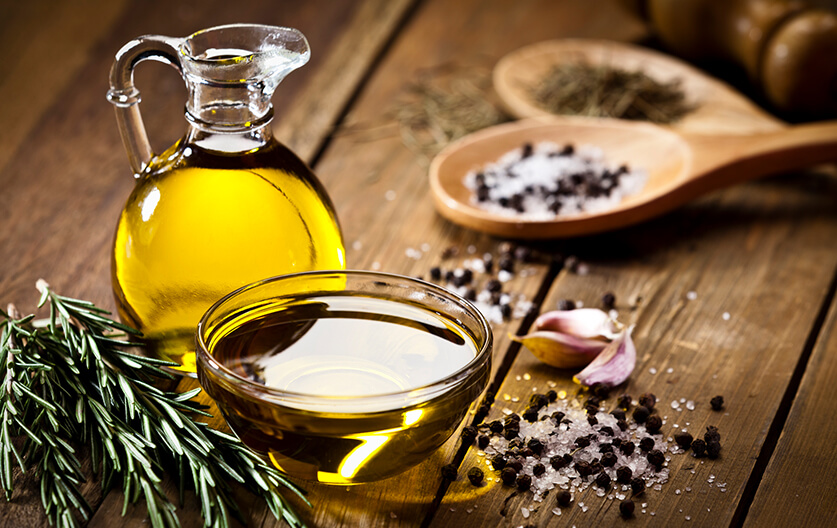
Healthy cooking oils Oil extraction methods affect various components of the oils. Flavors and nutritional value are the most affected. Cold press and manually pressed oils have a higher nutritional value which makes them good for raw consumption. However, cold-press produces oil with a very low smoking point. Therefore, oils such as Extra Virgin Olive Oil and cold-pressed coconut oil should not be used for frying. They can only be used in low-heat cooking, dipping, drizzling over salads or sautéing.
-
Oxidation
Most oils undergo oxidation which leads to the release of aldehydes and lipid peroxides. When heated, oils oxidize faster and this is one of the consequences of smoking points in oils. The oxidation reaction is also responsible for rancidity in oils. The ability of an oil to undergo oxidation is measured as its stability. This oxidation occurs even at room temperature in some oils. Saturated fats are more stable and less prone to oxidation.
-
Trans fat and Processing
Oils that have to be extracted or refined through tedious industrial and chemical procedures need to be reconsidered. The processes involved could result in the formation of trans fats or even the inclusion of hexane in some cases. Most seed oils fall into this category and are
Best Cooking Oils for Frying
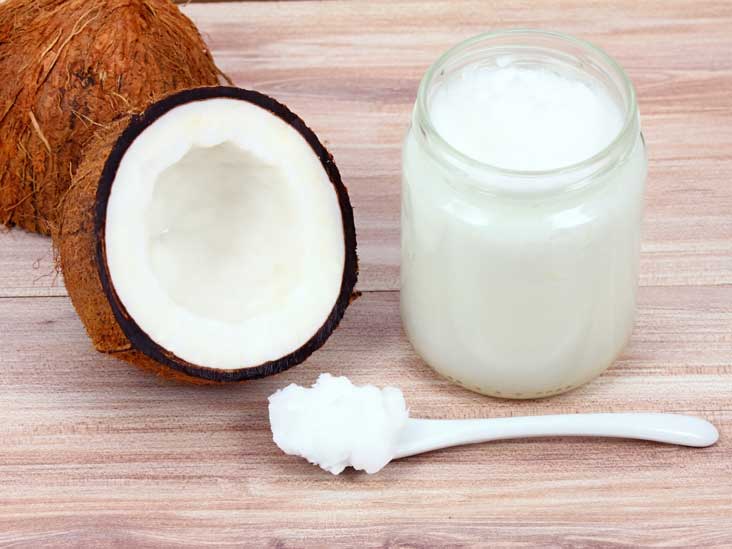
- Coconut oil. With above 90% saturated fat content, this oil is the best for deep frying.
- Ghee: Or clarified butter is a relatively purified butter without the milk solids. Also contains more saturated fats and less polyunsaturated fats.
- Butter: Butter is better for cooking and less for deep frying due to the presence of milk solids that can make it burn and become rancid.
- Lard/ Tallow: These are all animal fats which consist of saturated and mono-unsaturated fats; great for deep-frying.
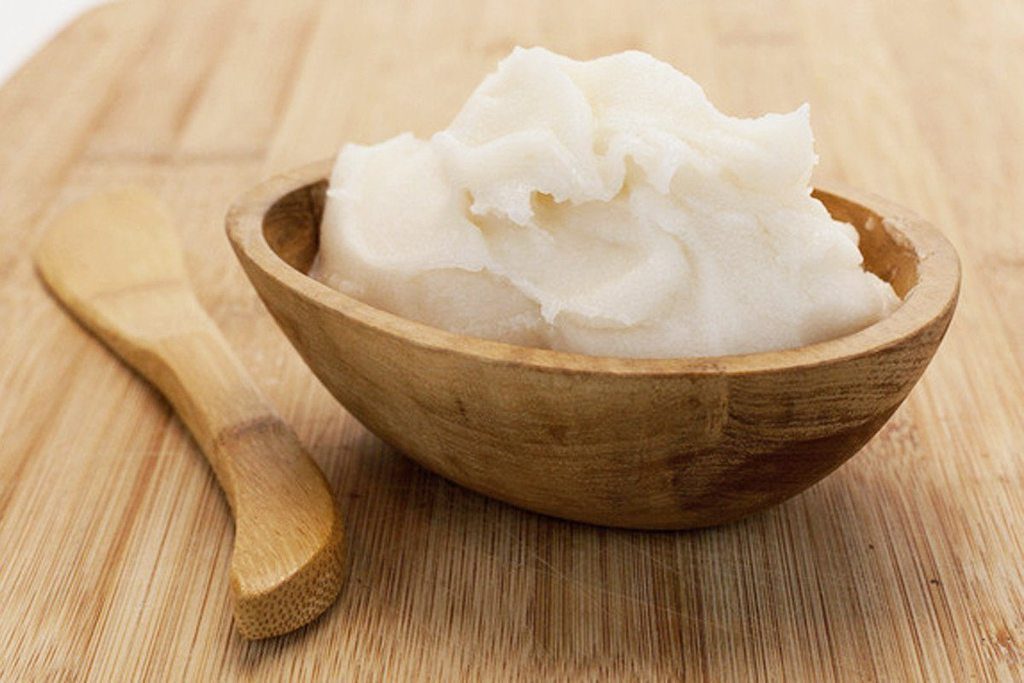
Lard for frying - Refined Olive oil: Though it may not be as flavorful and rich in anti-oxidants as Extra virgin Olive oil, it’s about the healthiest cooking oil. Olive oil is also great for deep-frying. It contains mostly monounsaturated fats.
- Avocado oil: similar to olive oil.
- Peanut oil
- Palm oil: Has a high smoke point. also, it’s full of mono-unsaturated and saturated fats and is often unrefined and has little possibility of trans fat.
Listed below are some popular cooking oil which includes seed oils. But most of them are terrible choices for high-heat cooking.
- Soybean oil
- Corn oil
- Canola oil (also called rapeseed oil)
- Cottonseed oil
- Safflower oil
- Rice bran oil
- Grape seed oil
- Sunflower oil
- Sesame oil







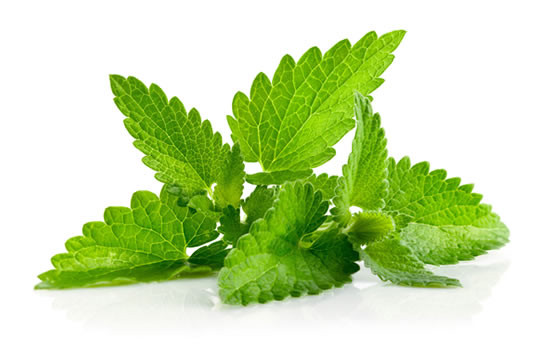
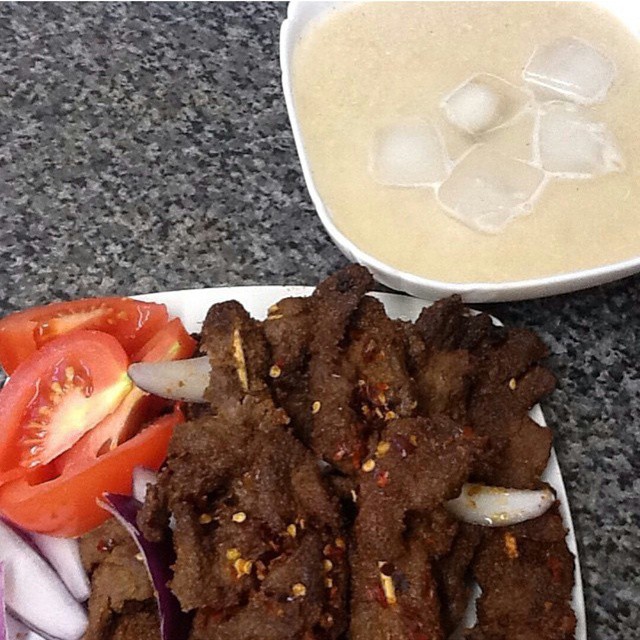

Do you mind if I quote a few of your articles as long as I provide credit and
sources back to your blog? My blog site is in the exact same
area of interest as yours and my visitors would really benefit from a lot of
the information you provide here. Please let me know if this okay with you.
Many thanks!
Sweet blog! I found it while browsing on Yahoo News.
Do you have any tips on how to get listed in Yahoo News?
I’ve been trying for a while but I never seem to
get there! Cheers
This piece of writing is in fact a nice one it assists new
web people, who are wishing in favor of blogging.
I think the admin of this web site is really working
hard in support of his web site, for the reason that here every stuff
is quality based data.
It’s actually a nice and useful piece of information.
I am happy that you simply shared this helpful info with us.
Please stay us up to date like this. Thanks for sharing.
It is appropriate time to make some plans for the future and it’s time to be happy.
I’ve read this post and if I could I desire to suggest you some interesting things or tips.
Perhaps you can write next articles referring to this article.
I want to read even more things about it!
Hey I know this is off topic but I was wondering if you
knew of any widgets I could add to my blog that automatically tweet my newest twitter updates.
I’ve been looking for a plug-in like this for quite some time and
was hoping maybe you would have some experience with something like this.
Please let me know if you run into anything.
I truly enjoy reading your blog and I look forward to your new updates.
Amazing blog! Do you have any tips for aspiring writers?
I’m planning to start my own website soon but I’m a little lost on everything.
Would you propose starting with a free platform like WordPress or go for a paid option? There
are so many choices out there that I’m completely overwhelmed ..
Any tips? Kudos!
Great web site. Lots of helpful info here. I am
sending it to several friends ans also sharing in delicious.
And of course, thank you to your sweat!
Whats up this is kind of of off topic but I was wanting to know if blogs use WYSIWYG editors or
if you have to manually code with HTML. I’m starting a
blog soon but have no coding skills so I wanted to get guidance from someone with
experience. Any help would be enormously appreciated!
It’s awesome designed for me to have a web site, which is helpful for my
know-how. thanks admin
hello there and thank you for your info – I have definitely picked up
anything new from right here. I did however expertise several technical
issues using this website, since I experienced to reload the web site
a lot of times previous to I could get it
to load properly. I had been wondering if your web host is OK?
Not that I’m complaining, but slow loading instances times
will sometimes affect your placement in google
and can damage your high quality score if ads and marketing with Adwords.
Well I am adding this RSS to my email and could look out for much more of your respective interesting content.
Make sure you update this again very soon.
Hi, i think that i saw you visited my site thus i came to “return the favor”.I’m trying to find things to improve my site!I suppose its ok to use a few of your ideas!!
I every time emailed this weblog post page to all my associates, for the reason that if like to read
it next my friends will too.
I got this web site from my pal who informed me on the topic of this web page and
at the moment this time I am visiting this site and reading
very informative articles at this time.
Hi outstanding website! Does running a blog like this require a lot of work?
I’ve absolutely no understanding of programming however I was hoping
to start my own blog soon. Anyhow, if you have any
ideas or techniques for new blog owners please share.
I know this is off subject but I simply needed to ask. Thanks!
WOW just what I was looking for. Came here by searching for ufoo555
Hmm is anyone else having problems with the pictures on this blog loading?
I’m trying to determine if its a problem on my end or
if it’s the blog. Any suggestions would be greatly appreciated.
Hey! I just wanted to ask if you ever have any issues with hackers?
My last blog (wordpress) was hacked and I ended up losing many months of hard work due to
no back up. Do you have any methods to protect against hackers?
My brother recommended I might like this web site.
He was entirely right. This post actually made my day. You
cann’t imagine just how much time I had spent for this information! Thanks!
What a material of un-ambiguity and preserveness of precious familiarity concerning unpredicted
feelings.
Thanks for finally talking about > Healthiest Cooking Oils for Your Meals –
HealthFacts NG < Liked it!
What’s up to all, how is everything, I think every one is getting more from this site, and your views are pleasant
in support of new people.
I believe that is among the so much important info for me.
And i’m happy reading your article. But want to observation on few normal things,
The site style is perfect, the articles is in point of fact excellent
: D. Just right job, cheers
I want to to thank you for this fantastic read!!
I definitely enjoyed every little bit of it. I have you bookmarked to look at new stuff
you post…
You’ve made some really good points there. I checked on the internet
for more info about the issue and found most individuals will go along with your views on this web
site.
Thanks for any other informative web site.
The place else may just I get that kind of info written in such an ideal means?
I have a venture that I am just now running on, and I have been on the glance out
for such information.
I think this is one of the most significant information for me.
And i’m glad reading your article. But want to remark on few general things,
The website style is great, the articles is really nice : D.
Good job, cheers
Wonderful post but I was wondering if you could write a litte
more on this topic? I’d be very grateful if you could
elaborate a little bit more. Appreciate it!
Hmm is anyone else experiencing problems with the images on this blog loading?
I’m trying to determine if its a problem on my end or if it’s the blog.
Any feedback would be greatly appreciated.
Hurrah, that’s what I was seeking for, what a information! existing here at this webpage, thanks admin of this web
page.
Wow, superb blog structure! How long have you ever
been running a blog for? you make running a blog look easy.
The overall glance of your web site is fantastic, as well as the content!
A motivating discussion is worth comment. I think that you ought
to write more about this subject matter, it may not be a taboo subject but typically people
do not discuss these topics. To the next! All the best!!
Hello I am so grateful I found your web site, I really found
you by mistake, while I was researching on Aol for
something else, Anyhow I am here now and would just like to say cheers for a tremendous post
and a all round exciting blog (I also love the theme/design), I don’t have time to look over it all at the moment
but I have bookmarked it and also added in your RSS feeds,
so when I have time I will be back to read a lot more,
Please do keep up the fantastic b.
Hmm it appears like your site ate my first comment (it was super long) so I
guess I’ll just sum it up what I submitted and say, I’m
thoroughly enjoying your blog. I too am an aspiring blog writer but I’m still new to the whole thing.
Do you have any tips and hints for beginner blog writers?
I’d certainly appreciate it.
I am extremely impressed with your writing skills as well as
with the layout on your weblog. Is this a paid theme or did you modify it yourself?
Anyway keep up the nice quality writing, it’s rare to see a nice blog like this one these days.
Hello friends, its enormous piece of writing concerning educationand fully defined,
keep it up all the time.
Hi there to every one, it’s truly a nice for me to go to see this web site, it
consists of important Information.
What’s up every one, here every one is sharing these know-how, thus
it’s fastidious to read this weblog, and I used to pay a
visit this website daily.
Every weekend i used to pay a quick visit this web site, because i want
enjoyment, for the reason that this this site conations actually good funny material too.
I don’t think the title of your article matches the content lol. Just kidding, mainly because I had some doubts after reading the article.
Thank you for your sharing. I am worried that I lack creative ideas. It is your article that makes me full of hope. Thank you. But, I have a question, can you help me?